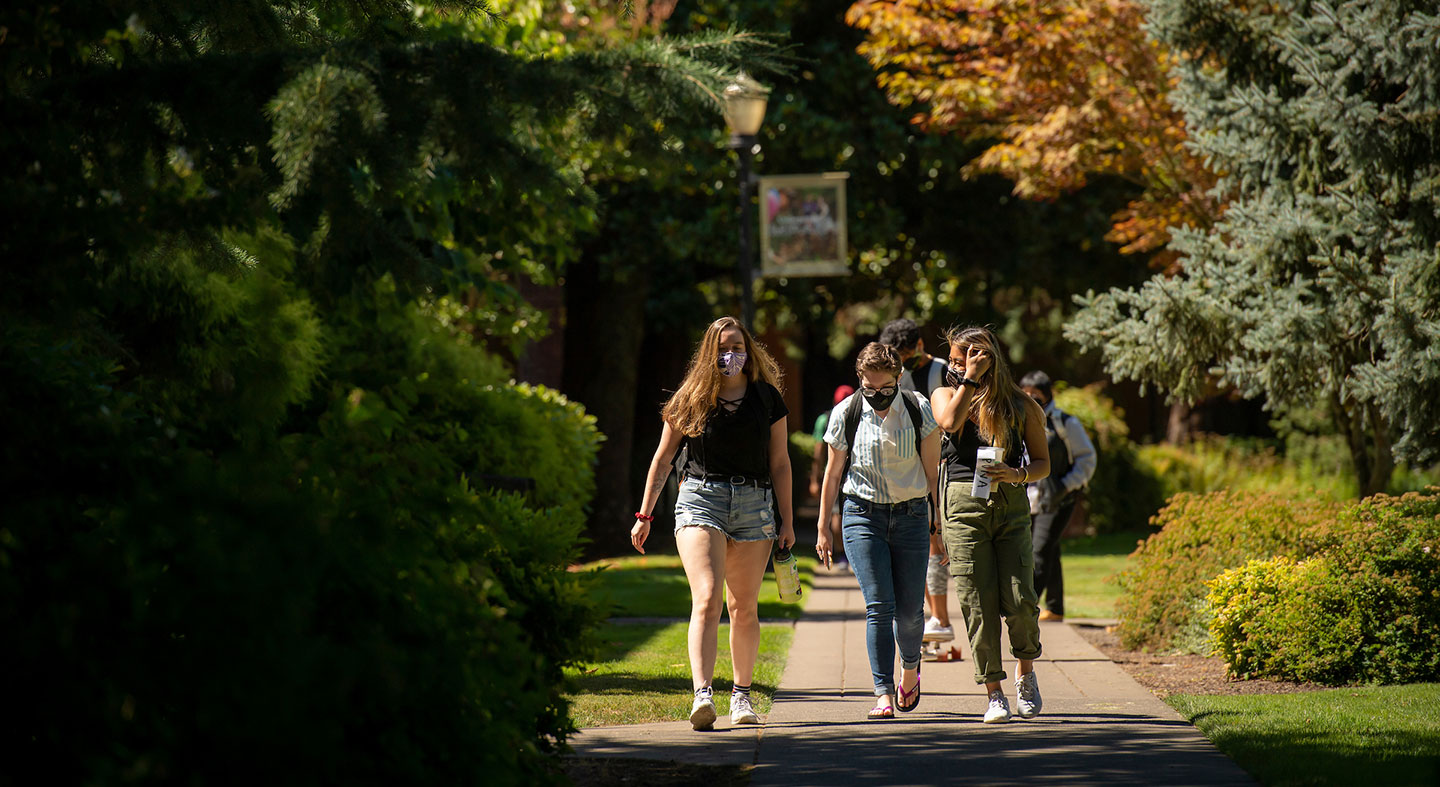

Now is not the time for complacency.
“The number of positive cases on our two Linfield University campuses has remained low since we invited students back in August. While this should be celebrated, it is somewhat detached from our consideration of perceived risk regarding contracting COVID-19.
A different mindset and approach will more closely approximate the risk we are dealing with during this pandemic. This is also the approach that Allied Health and Medicine use for other viruses (like HIV), communicable diseases, and unknowns.
The approach is this: anyone of us can be infected with the virus and whether asymptomatic or symptomatic can spread the virus to other members of our community.
Face coverings, hand washing, physical distancing, increased cleaning/disinfecting frequency, personal health monitoring, staying home when sick, limited gathering sizes, reduced room capacities, increasing outside air exchange as feasible, doing things outdoors as possible, closing campus to outside visitors, and testing protocols for students; these are measures that we have put in place to mitigate the spread of COVID-19. But, they are only effective if they’re followed. All of these measures are additive and built upon the premise that any one of us can spread the virus because we can unknowingly acquire it and pass it to others. Additionally, our mitigation measures align with the guidance and recommendations with various county public health agencies, CDC, OHA and other expert guidance backed by evidence to reduce transmission.
We must start with the assumption that everyone has COVID-19 (or more precisely carry SARS-Cov2) and have the potential to spread it to us and/or we unknowingly have SARS-Cov2 and could spread it to them. If we are performing the actions in our mitigation procedures/policies it becomes less likely the virus can be spread and increasingly less likely with each level of measure we are able to bring to bear in any situation.
This approach also allows for a more equitable treatment of all members of our community.
Regardless of fault, we have to avoid shunning or shaming of those that have had COVID-19 (and recovered), been in isolation, been in quarantine, had possible exposure, or is sick with another illness. We all are protecting each other, and we are all equally responsible for our community members’ safety and health which is, from my department’s perspective, a situation that benefits us at all times, not just during a pandemic.
